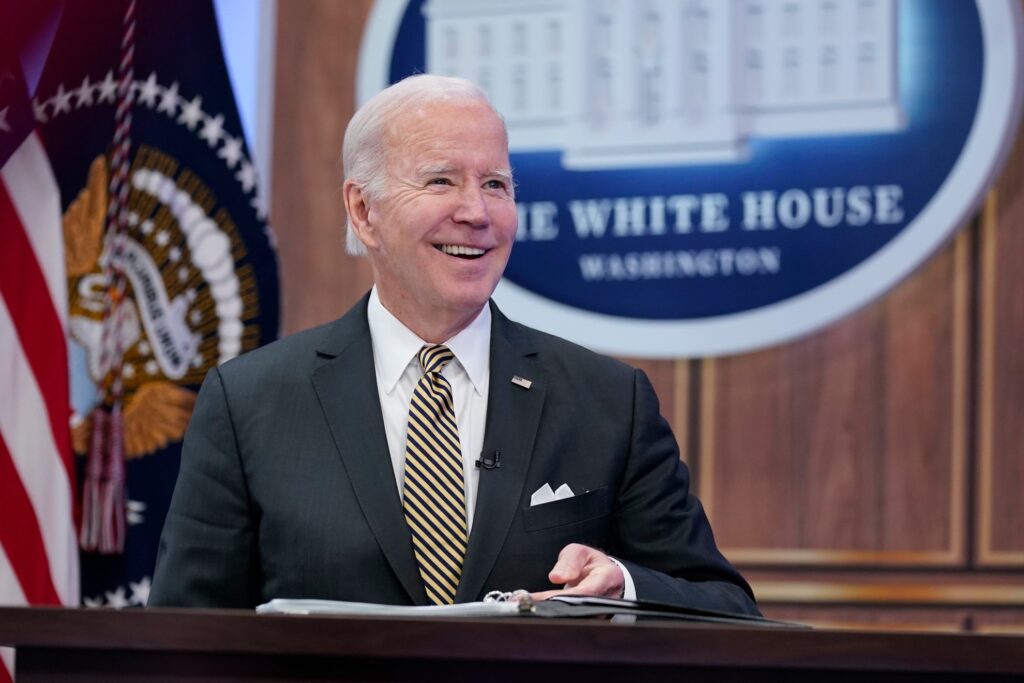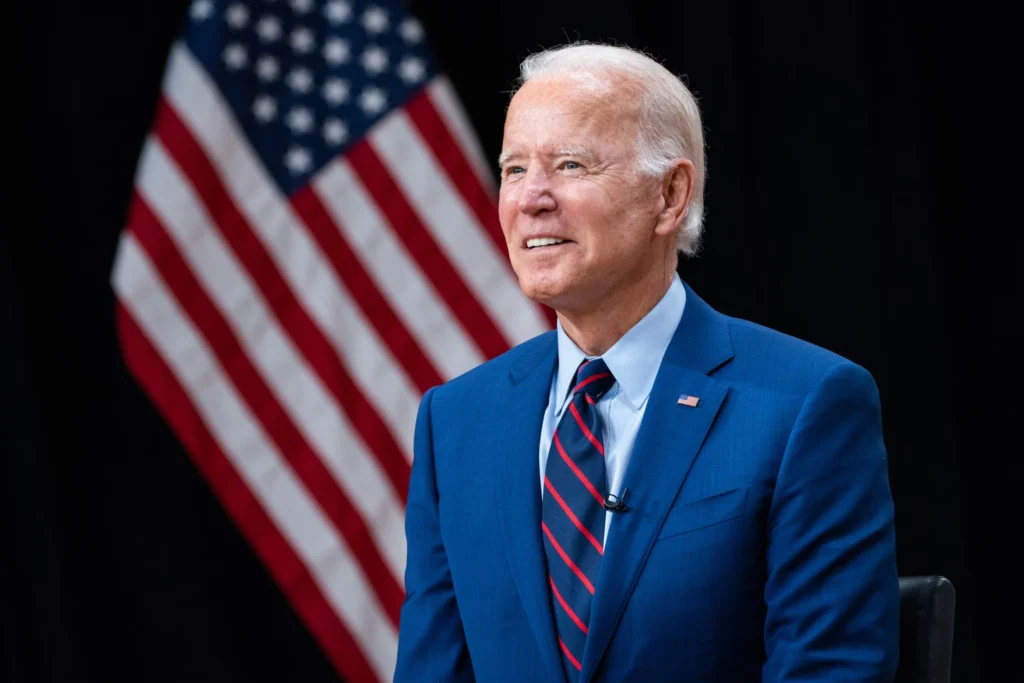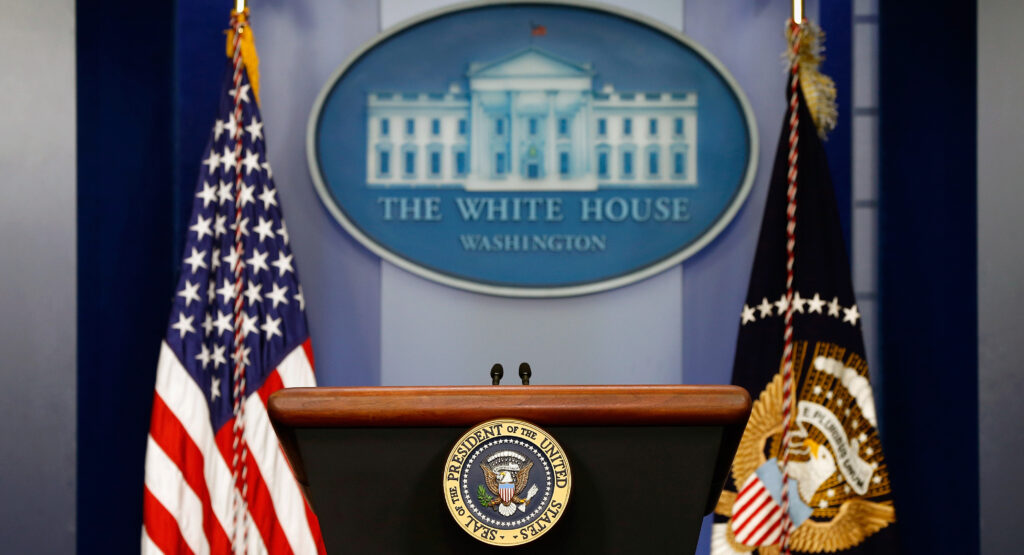
BIDEN’S FIRST VETO: REJECTING MEASURE TO BLOCK NEW INVESTMENT RULE
President Joe Biden recently issued his first veto since taking office, rejecting a bipartisan measure that would nullify a new administration rule for retirement plans. The veto comes after the Senate voted 50-46 on March 1 to pass a resolution to block a Labor Department rule allowing for certain retirement plans to weigh environmental, social, and corporate governance factors when selecting investments, instead of making decisions based solely on the best rate of return.
REASON FOR THE VETO
In a video posted on his Twitter account, Biden stated that he vetoed the legislation because it would put at risk the retirement savings of individuals across the country. According to him, the legislation couldn’t take into consideration investments that would be impacted by climate, impacted by overpaying executives. Hence, he decided to veto it.

SENATE AND HOUSE VOTES
Democratic Senators Joe Manchin of West Virginia and Jon Tester of Montana joined Republicans to pass the measure in a 50-46 vote on March 1. The House passed it on February 28 in a 216-204 vote, with Rep. Jared Golden of Maine bucking his party to vote with Republicans. A two-thirds majority is needed in each chamber to override a veto.
SPONSOR OF THE MEASURE
Rep. Andy Barr, R-Ky., introduced the measure in February, about two months after the Labor Department issued the investment rule. Following the Senate vote, Barr tweeted: “President Biden should abandon the radical climate activists and join us in putting middle-class savers ahead of politics.”

WHITE HOUSE STATEMENT
In a statement on administration policy, before Congress voted, the White House warned that Biden would veto the resolution if it were to reach his desk. “The 2022 Biden-Harris Administration rule makes clear that … fiduciaries can consider factors such as corporate accountability and transparency, climate, and liability risks if they find them relevant to the analysis of an investment’s risk and return, in the same way, that they would prudently consider other relevant factors,” the White House said.
CONCLUSION
Biden’s veto comes in a newly divided Congress, after two years of unified Democratic control. Then-President Donald Trump’s first veto came in March 2019, following two years of Republican majorities in Congress. By the end of his presidency, Trump had issued 10 vetoes.
Disclaimer
The information presented in this article is based on publicly available sources and reflects the views of the Author at the time of writing. I do not have personal opinions, beliefs, or political affiliations. The article is for general informational purposes only and should not be construed as professional advice or relied upon as a basis for making decisions. Any reliance on the information in this article is at the reader’s own risk. The accuracy and completeness of the information are not guaranteed, and changes may have occurred since the information was published. The writer and publisher are not responsible for any errors or omissions in the content or for any outcomes resulting from the use of the information in this article.

Excellent write-up